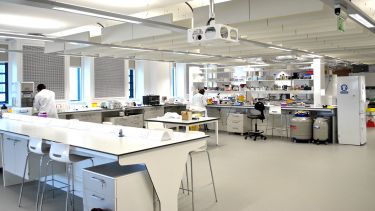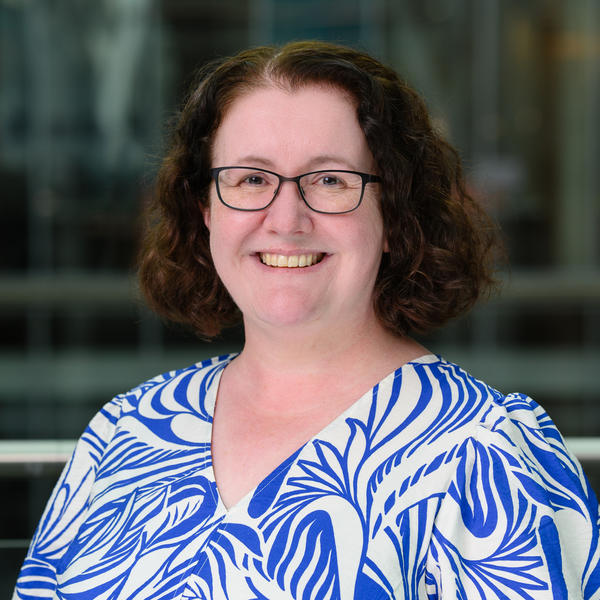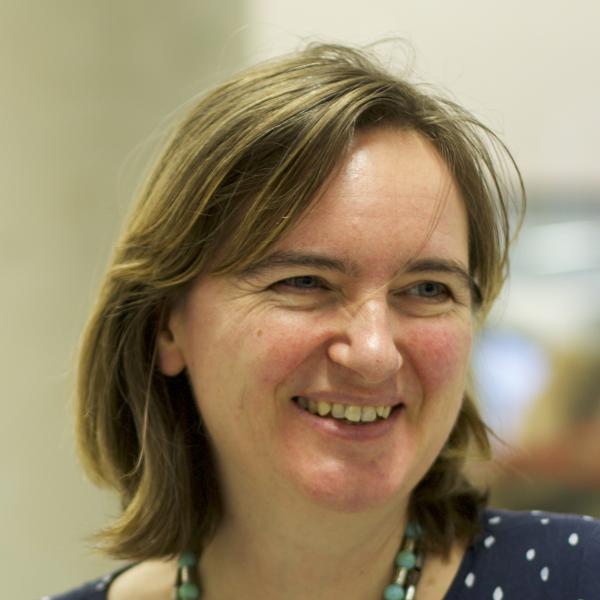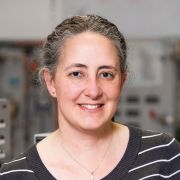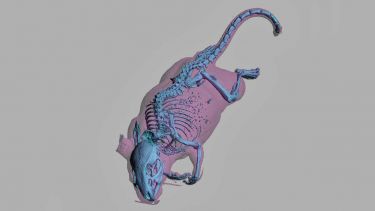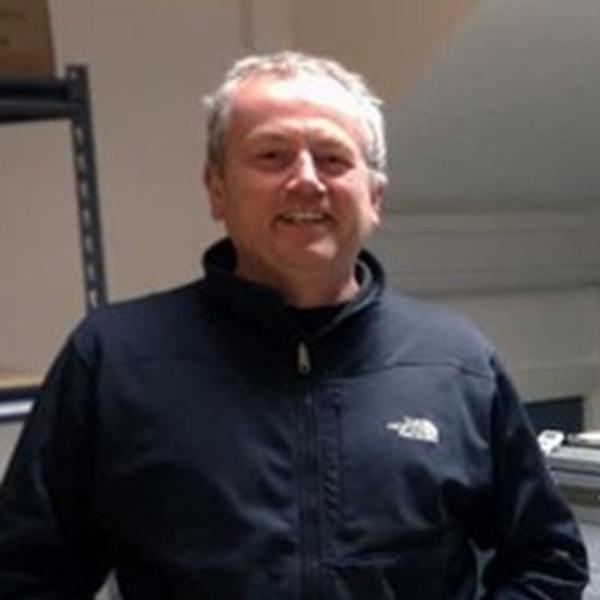Experimental and imaging
An overview of experimental and imaging skills and facilities offered by Insigneo members and in collaboration with other laboratories.

The focus of Insigneo on in silico Medicine applications requires a broad range of complementary skills and techniques. As such, many Insigneo members have expertise in development of experimental techniques, and image acquisition and analysis technologies.
Experimental research plays an important role in informing the development of pre-clinical models and in model validation, whilst imaging technologies are often an essential element of both experimental and clinical research programmes.
Insigneo Biomechanics and Mechanobiology laboratory
The aim of the laboratory is to perform biomechanical and mechanobiological measurements on biological tissues and cells.
The laboratory hosts
- a dedicated space for storage, preparation and mechanical testing of biological tissues
- a large space for cell cultures and kits to study the effect of mechanical and biological stimuli on cells
- a dark room for microscopy and AFM analyses
- a small room for qPCR measurements
The laboratory aims to provide a unique environment to characterise the biological tissue at different dimensional scales from the molecular up to the whole organ levels.
For more details and access to the laboratory, contact Professor Claire Brockett or Professor Gwen Reilly.
Insigneo Movement Analysis and Activity Monitoring laboratory
The aim of the laboratory is to investigate the biomechanics and motor control of human movement and various aspects of human-object interactions. The size of the laboratory and the configuration of the system allow for both and small large capture volumes (up to 6m x 4.5m).
The lab features a 10 camera motion capture system (Vicon), two force platforms (AMTI), pressure insoles (Tekscan), a wireless electromyographic system (Cometa) and an isokinetic dynamometer (Biodex).
We also have a number of wearable sensors that can be used to quantify movement in the real-world, both in supervised and unsupervised scenarios. The camera based systems and the inertial measurement units can be used to capture the movement of any object that they can be attached to, hence enabling a broad range of applications different from human movement.
For more details and access to the laboratory, contact Dr Jennifer Rowson and Professor Claire Brockett.
SkeletAl laboratory
The aim of the laboratory is to characterise skeletal tissues and other materials with imaging and histological analyses.
The laboratory hosts different microscopes and two X-ray micro-computed tomography scanners for in vivo analyses on small rodents and ex vivo analyses on different materials.
The laboratory offers a flexible approach to suit the user’s needs. The users can use the equipment and perform their own analysis, receive training or ask the team to perform the experiments on their behalf.
For more details and access to the laboratory, contact Dr Enrico Dall’Ara.
Sheffield PET-MRI facility
The University of Sheffield’s imaging research develops novel imaging and healthcare technologies and translates them for healthcare benefit.
The new Sheffield PET-MRI facility is the UK’s eighth and Yorkshire’s only PET-MRI facility. It is set in a purpose built state-of-the-art facility that is attached to the existing University of Sheffield MRI unit at the Royal Hallamshire Hospital.
Read more about the University of Sheffield's medical imaging facilities.


